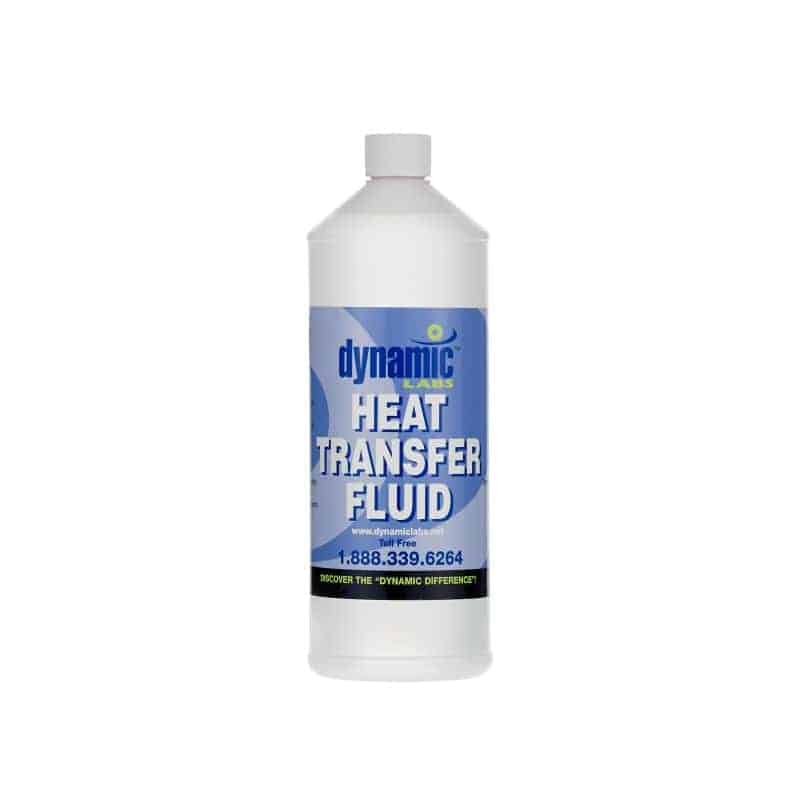Exploring Dielectric Cooling Fluid: Essential Properties and Uses in Power Equipment
Exploring Dielectric Cooling Fluid: Essential Properties and Uses in Power Equipment
Blog Article
Maximize Your System's Lifespan With the Right Heat Transfer Fluid
Picking the suitable heat transfer liquid is vital for maximizing system performance and long life. Understanding the various kinds of warmth transfer liquids and the details demands of your application can dramatically affect the general health and wellness of your system.
Value of Heat Transfer Fluids

Moreover, warmth transfer fluids add to the safety and integrity of thermal systems. They help preserve ideal operating temperature levels, therefore lessening the risk of overheating and tools failing. This is especially critical in environments where exact temperature control is necessary. In addition, the appropriate warmth transfer fluid can provide defense against corrosion and scaling, additional prolonging the lifespan of machinery and infrastructure.
Types of Heat Transfer Fluids
Numerous kinds of warm transfer liquids are generally utilized in industrial applications, each tailored to particular functional needs and temperature level arrays. The most widespread groups include water, oils, and specialized artificial fluids.
Water is commonly utilized as a result of its exceptional thermal conductivity and schedule; nevertheless, its limitations occur at high temperatures and prospective cold problems. For greater temperature applications, thermal oils, such as mineral oils or organic compounds, are made use of. These oils supply superior thermal stability and can run effectively at raised temperature levels, making them ideal for processes like food processing and petrochemical manufacturing.
Artificial liquids, which can be either not natural or organic, are developed to satisfy specific performance standards. They commonly show enhanced residential or commercial properties such as low poisoning, wide temperature level varieties, and resistance to oxidation. Instances include esters and glycols, which are ideal for specialized applications like solar thermal systems and heat exchangers.
In addition, cooling agents are utilized in cooling systems, leveraging their stage adjustment properties to soak up and release heat successfully. Each sort of heat transfer liquid is and presents distinctive benefits picked based upon the specific demands of the application, making sure ideal efficiency and system long life.
Elements to Take Into Consideration When Selecting
Selecting the appropriate heat transfer fluid entails careful consideration of several factors to make sure optimal performance and system performance. Among the primary elements is the temperature array needed for the system. Liquids vary in their thermal stability and can lose More hints or decay efficiency outside certain temperature level restrictions.
Another vital consideration is the liquid's viscosity, as it impacts pump performance and power intake. A liquid that is as well viscous may hinder flow and boost operational expenses. Furthermore, the liquid's particular warm capacity plays an essential function in figuring out just how properly it can transfer heat.
Chemical compatibility with system materials is additionally necessary to avoid corrosion, deterioration, or leaks - thermal oil. go Making certain that the chosen fluid is compatible with the building and construction products can lengthen the life-span of the system

Benefits of Correct Fluid Selection
Proper option of a warmth transfer liquid returns significant advantages for system performance and dependability. The best liquid boosts thermal conductivity, making certain optimal warmth transfer prices within the system. This performance reduces power intake, bring about reduced functional expenses and a decreased environmental footprint.
Moreover, appropriate fluid selection adds to system long life by preventing rust and degradation of components. Fluids formulated with rust inhibitors shield steel surface areas, consequently prolonging the lifespan of pumps, pipelines, and heat exchangers. Additionally, picking a liquid with ideal viscosity ensures reliable circulation, which is important for preserving consistent temperature distribution throughout the system.
An additional crucial advantage is the fluid's thermal security. A stable warm transfer liquid can run over a vast temperature array without breaking down or shedding performance, which is important for systems exposed to varying thermal conditions. The best liquid can likewise minimize risks related to freezing or boiling, therefore protecting against operational disruptions.
Upkeep Tips for Long Life
Guaranteeing the long life of a warm transfer system needs attentive maintenance methods that enhance the advantages of appropriate liquid choice. Normal examinations are vital to determine prospective leakages, corrosion, or debris accumulation that can compromise system effectiveness. Establish a regular timetable to assess pipe stability, links, and fittings, as these locations are typically at risk to deterioration.

Keeping track official source of fluid degrees and top quality is just as important. On a regular basis check for indicators of contamination, such as discoloration or particle matter, which can indicate degradation of the heat transfer liquid. Carrying out periodic fluid analysis can provide insights into its chemical homes, enabling prompt substitutes when essential.
Additionally, preserving optimal operating temperatures is vital. Encourage making use of temperature level controls and sensing units to avoid getting too hot, which can speed up fluid destruction and damage system components.
Last but not least, constantly comply with the maker's guidelines regarding fluid replacement intervals and maintenance procedures. By devoting to these best methods, you can dramatically boost the operational lifespan of your heat transfer system, making certain trusted performance and reducing the requirement for premature replacements or expensive fixings.
Conclusion
In verdict, the option of an ideal heat transfer fluid is critical for boosting system performance and longevity. By recognizing the different kinds of liquids and thinking about crucial aspects such as thermal conductivity and rust resistance, optimal efficiency can be achieved. Additionally, regular upkeep and evaluations play a crucial role in sustaining operating conditions. Focusing on these components makes certain the extensive lifespan of important elements, inevitably adding to a much more reputable and reliable system.
Heat transfer liquids play a crucial duty in different commercial and business applications by assisting in the effective transfer of heat between surfaces.Furthermore, warmth transfer fluids add to the security and integrity of thermal systems. Additionally, the liquid's specific warm capacity plays a vital function in establishing just how efficiently it can move heat.
The right fluid improves thermal conductivity, guaranteeing optimum warm transfer rates within the system. A secure heat transfer fluid can operate over a large temperature array without breaking down or losing efficiency, which is necessary for systems subjected to fluctuating thermal problems.
Report this page